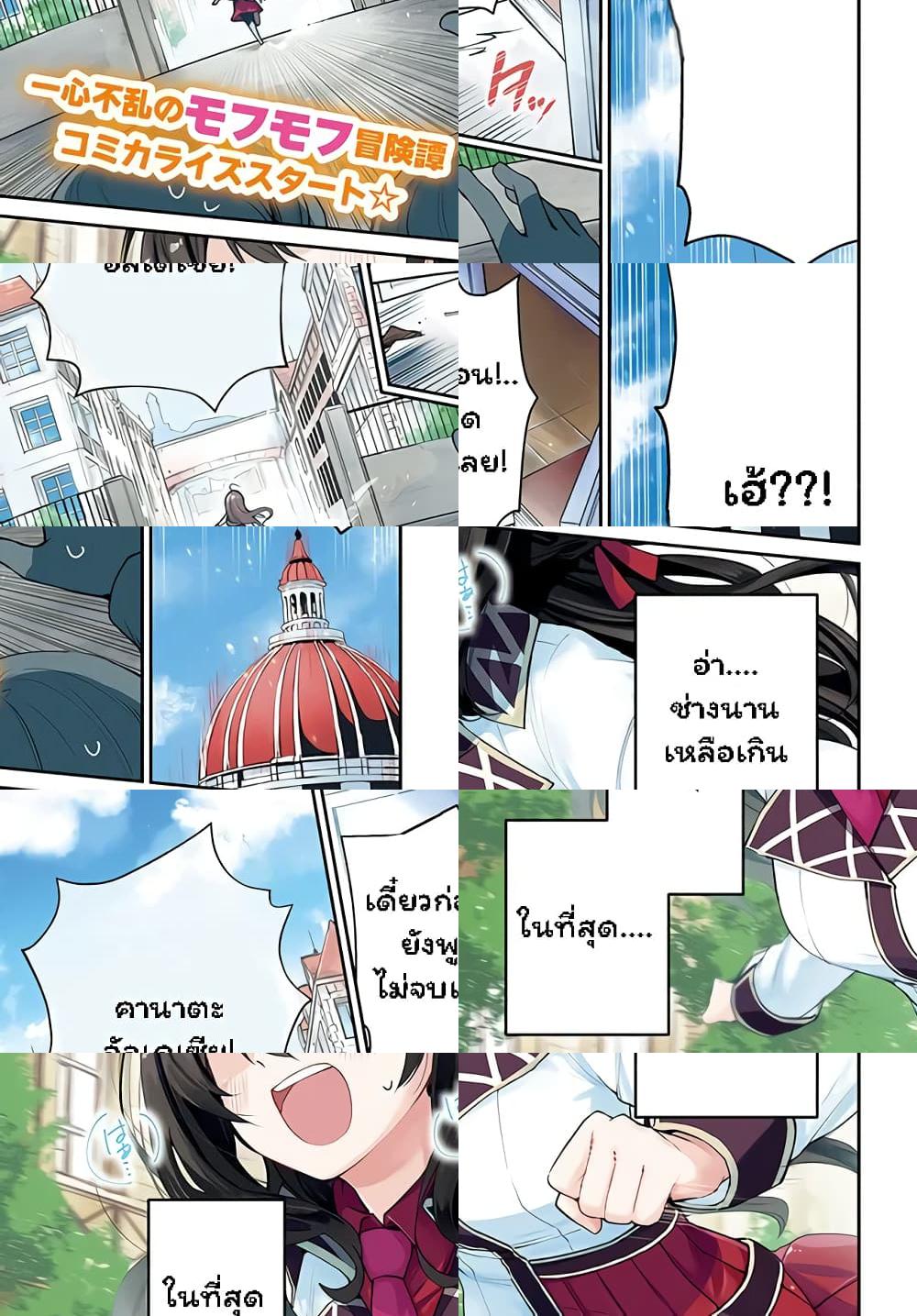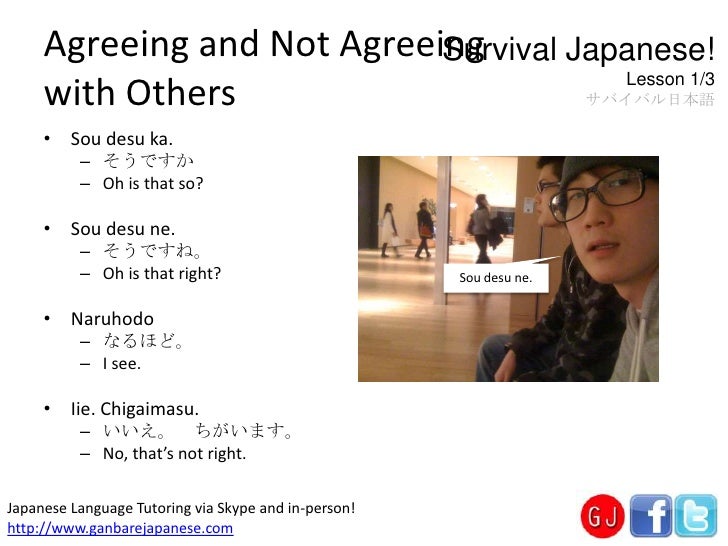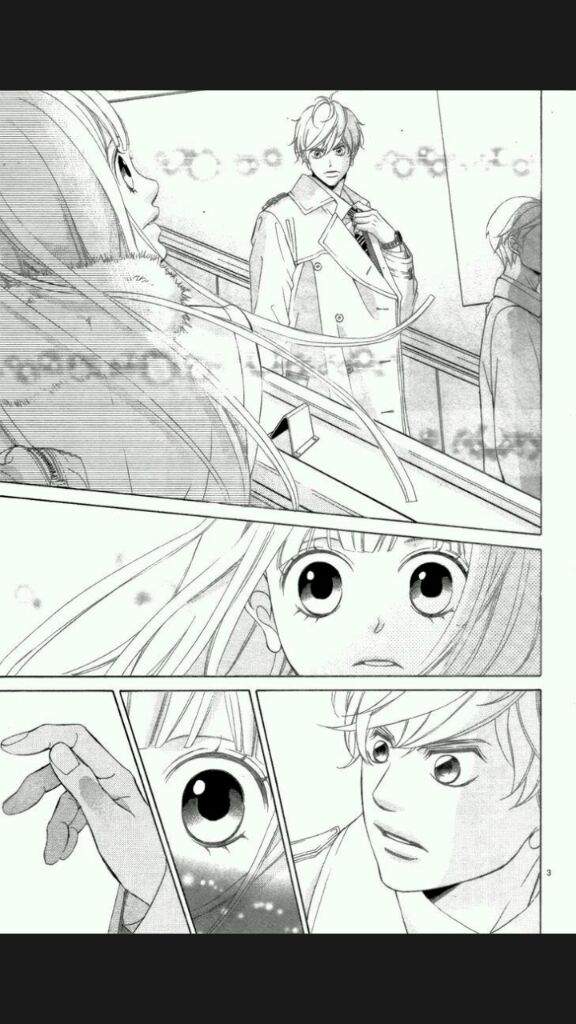Watashi wo Center ni suru to Chigaimasu ka? Chapter 5 Raw Rawkuma

How to pronounce 'Chigaimasu' (No, it isn’t./ You are wrong.) in Japanese? Japanese
Iie, chigaimasu. Choose the correct expression for the situation. [Someone asks you if you are Mrs.Satoo, but you are Mrs. Saitoo.] Iie, chigaimasu. Choose the correct expression for the situation. [You are in Japan and like to know what a pencil is called in Japanese. How would you ask?]

Love Live! Sunshine!! CHIGAIMASU YouTube
1. いいえ (Iie) / いえ (Ie): No You might see this word in your textbook often when you first decide to study Japanese. Iie is the polite form of "no." It's not commonly used in everyday life, as it sounds more polite and formal. Actually, it's not commonly used even in more formal situations like talking with your boss.

Watashi wo Center ni suru to Chigaimasu ka? Chapter 4 Rawkuma
3. ううん - uun - No. This is another very casual way of saying no. Remember, " うん (un)" is yes and the longer version, "ううん (uun)" is no. 4. 違 う - Chigau - to be different. "Chigau" is very often used to say no in Japanese. Literally, you're saying "different.". You should use it like you would use.

International Institute of Education
Chigau (違う): A direct, informal way to express disagreement or correcting someone. It can also mean "wrong" or "different." Mattaku chigau (全く違う): If you strongly disagree with someone, this phrase conveys a sense of "completely different." Mou ikkai onegai (もう一回お願い): In a casual setting, you can ask someone to repeat by using this phrase.

Ternyata ini perbedaan "iie dan chigaimasu" kosakatajepang shorts belajarbahasajepang
Please show me example sentences with chigai and chigaimasu use romaji please. . Tell me as many daily expressions as possible. See a translation. bballfan24. 23 Aug 2015. English (US) ni tasu ni ha roku. Iie, chigaimasu!

Watashi wo Center ni suru to Chigaimasu ka? Chapter 5 Raw Rawkuma
Dialogue 1: Naomi Johnson and Takeshi Yamada have a gift exchange. 00:00. 00:00. Language. Script and Translation. Japanese. 1 ジョンソン:どうぞ。. 2 山田 :ありがとうございます。. これは 何 ですか。.

Watashi wo Center ni suru to Chigaimasu ka? Chapter 5 Raw Rawkuma
★ "iie" means "no." Literally,"chigaimasu" means "different," but it can be translated as "it isn't" or "it's something else." Alternatively you can use either "iie" or "chigaimasu" by themselves for the same purpose. ★ A more casual way to say "no" in Japanese is "uun."

อ่าน Seijosama? Iie, Toorisugari no Mamonotsukai Desu! Zettai Muteki no Seijo wa Mofumofu to
か (ka), a particle, serves as a question marker.It When it is added to the end of a statement, it changes the statement into a yes-no question. Also, when asking a question in Japanese, the intonation at the end of the sentence rises slightly to indicate that it is a question.

IIE Lab.「工場直売所」をオープンします
The basic words for "yes" and "no" are はい hai and いいえ iie. However, as you see above, there are many variants, as well as other common responses to yes/no questions. Comparing はい hai, ええ ee, and うん un. はい hai is a polite way of saying "yes" and can be used in almost any situation. ええ ee is a more colloquial but.

Watashi wo Center ni suru to Chigaimasu ka? Chapter 5 Raw Rawkuma
[iie, chigaimasu] Examples はい、わたしはアメリカじんです。 = Yes, I'm American. [hai, watashi wa amerikajin desu] いいえ、それはわたしのえんぴつじゃありません。 = No, that is not my pencil. [iie, sore wa watashi no enpitsu ja arimasen] Translation Practice Write the following sentences in Japanese using hiragana or katakana. Yes, my dog is eating my hamburger. No, that is not my house.

Zannen nagara Chigaimasu Manga to read, Manga, Manga free
ちがいます (Chigaimasu): This is the polite form of "Chigau" and can be used in informal situations to express negation or disagreement politely. Tips and Examples Here are some useful tips and examples to help you further understand and correctly use "Iie" in Japanese: 1. Be mindful of the context:

Wakarimashita In English
The Institution of Engineering and Technology (IET) is a multidisciplinary professional engineering institution.The IET was formed in 2006 from two separate institutions: the Institution of Electrical Engineers (IEE), dating back to 1871, and the Institution of Incorporated Engineers (IIE) dating back to 1884. Its worldwide membership is currently in excess of 158,000 in 153 countries.

อ่าน Seijosama? Iie, Toorisugari no Mamonotsukai Desu! Zettai Muteki no Seijo wa Mofumofu to
Closing Advice How to Say "No" in Japanese: It's Not "No + Thank you!" Before we get into declining properly, we'll briefly cover how to say no in Japanese. はい (hai) means yes or correct in Japanese, and the opposite is いいえ (iie) which means no or incorrect. [ Fun fact: We also sometimes use いいえ to mean "No need to thank me" when thanked.

Maruchan CHIGAIMASU Minitokyo
いいえ (iie | formal "no") ううん (uun | casual "no") Formal "no" in Japanese いいえ (iie) is the most polite way to say "no" in the Japanese language. You can politely refuse something, reasonably negate someone's words, and express the opposite feeling.

About IIE The Power of International Education
iie, chigaimasu. Hear how a local says it. Hear how a local says it. Learn what people actually say. Start learning for free. Download on the App Store. 177k ratings. Get it on Google Play. 1.47M reviews. Related words and phrases: business.

Manga Review Zannen Nagara Chigaimasu Anime Amino
Dame Sou wa omowanai Chigau Chotto… Iie いいえ No (formal) While iie is the first Japanese word for no that is taught to us, using it might come off as cold or rude. You can use other words to soften your refusal instead of sticking with iie. Iie is useful when correcting someone. For example: Nihonjin desu ka? (Are you Japanese?